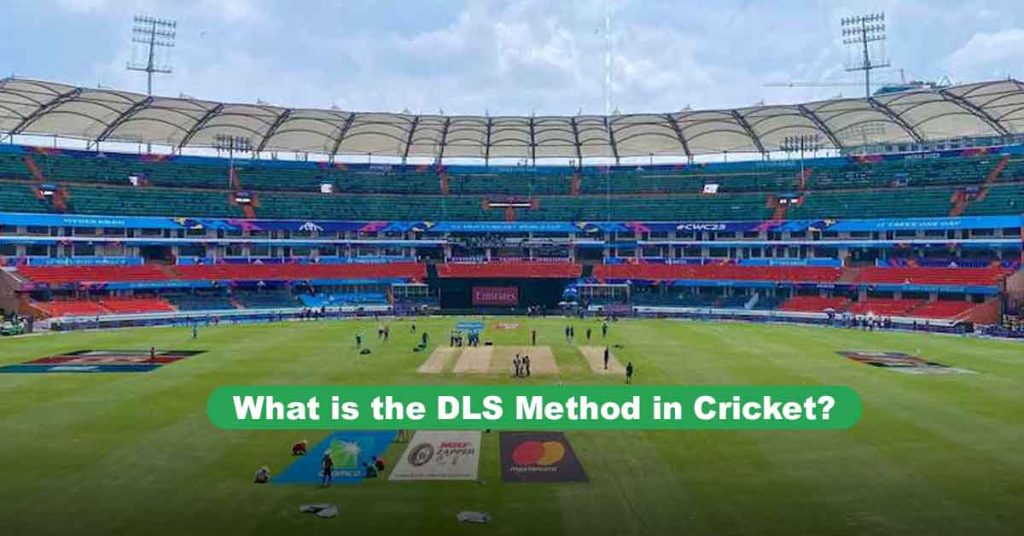The Duckworth-Lewis-Stern (DLS) method in cricket is a crucial tool for recalculating targets in rain-affected matches, ensuring fairness and competitiveness. As an advancement from older, flawed target-revision methods, DLS has become the preferred choice for adjusting targets during weather interruptions in limited-overs cricket.
What is the DLS Method in Cricket?
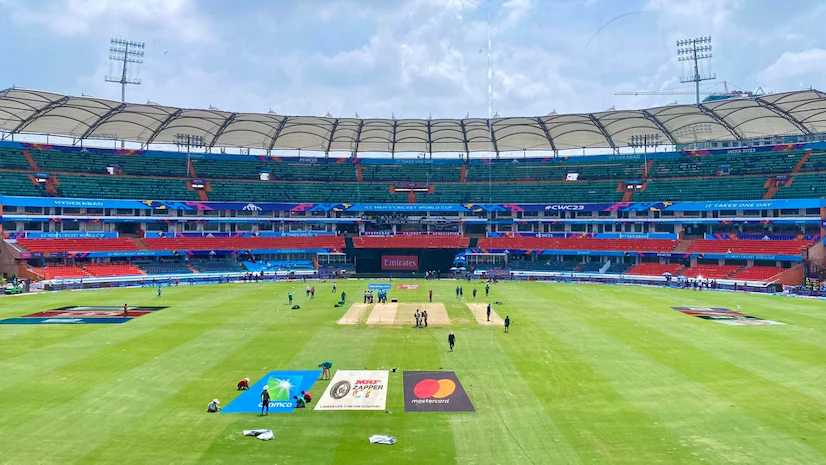
The DLS method, named after its creators Frank Duckworth and Tony Lewis, with recent contributions from Steven Stern, is a mathematical model designed to recalibrate target scores for the team batting second when a match is interrupted by rain or other delays. It considers both the remaining overs and the number of wickets left, aiming to give the team chasing a fair chance of achieving victory in a reduced-overs setting.
Before the DLS method, reserve days were sometimes set aside to complete matches interrupted by rain. However, as match schedules expanded, the costs and logistics of reserve days became less practical. The DLS method thus emerged as a solution to keep games moving without compromising fairness.
Origins and Evolution of the DLS Method in Cricket
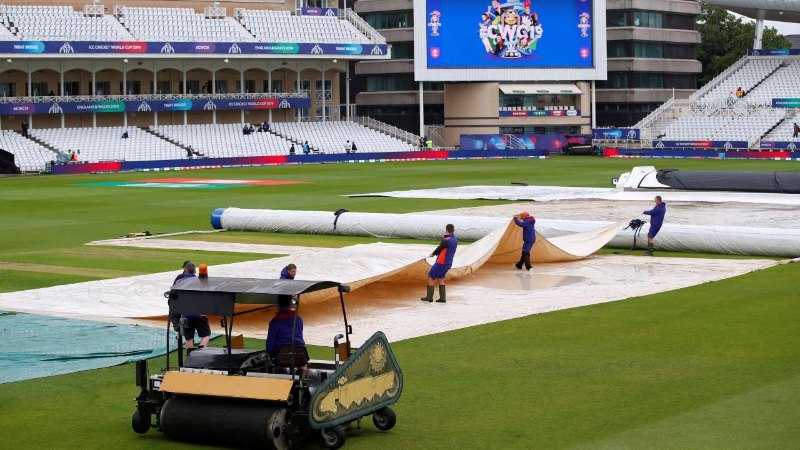
The DLS method originated as the D/L (Duckworth-Lewis) method in the 1990s, developed by statisticians Frank Duckworth and Tony Lewis. It was first applied successfully in an international setting on January 1, 1997, during an ODI between Zimbabwe and England, where Zimbabwe triumphed by seven runs in a rain-affected game. After this debut, both the England and Zimbabwe boards adopted the method quickly, and by 1999, the International Cricket Council (ICC) had implemented it globally.
In 2014, the method was renamed the DLS method when Duckworth and Lewis retired, passing on the responsibility of updating the model to Steven Stern, an Australian academic and professor of data science. Stern made the first significant updates to the DLS formula for the 2015 World Cup, ensuring that the method remains relevant and applicable to the modern game, with regular updates using recent match data.
Read More:- Top 10 Most Expensive Football Trophies in the World
Methods Used Before DLS
Before the DLS method was implemented, other target-revision systems, such as the Average Run Rate (ARR) method and the Most Productive Overs (MPO) method, were used. Both, however, had major drawbacks.
Average Run Rate Method (ARR)
From the 1950s to 1991, the ARR method was the primary target-adjustment technique used by the ICC. It calculated targets based solely on the batting team’s average run rate across available overs, disregarding factors like remaining wickets and required run rate.
For example, in a match between Australia and West Indies in the 1988-89 World Series Cup, Australia batted first, scoring 226 in 38 overs. When rain interrupted West Indies’ innings, the match was reduced to 18 overs, and their target was revised to 108. This significant reduction made it easier for West Indies to chase, causing controversy among Australian supporters and leading the ICC to develop a new method.
The ARR method formula was:
New target = (Team 1’s Average Run Rate × Overs available to Team 2) + 1
The ARR method’s inability to fairly adjust for the team chasing led to the introduction of the Most Productive Overs method.
Most Productive Overs Method (MPO)

The MPO method was developed to address the issues of the ARR method. This technique focused on how many runs the first batting team scored in its best overs, adjusting the target accordingly. Though an improvement, it created a disadvantage for the chasing team and was ultimately abandoned after incidents such as the infamous 1992 World Cup semi-final between South Africa and England.
In this game, rain halted South Africa’s chase when they required 22 runs off 13 balls. Upon resumption, the MPO method revised the target to 21 runs off a single delivery, making victory impossible. The event was widely criticized, prompting calls for a more robust, fair solution.
The MPO method formula was:
New target = Runs scored by Team 1 in their highest-scoring X overs + 1
Ultimately, these shortcomings led Duckworth and Lewis to develop a more nuanced approach, taking both wickets and overs into account.
How Does the DLS Method Work?
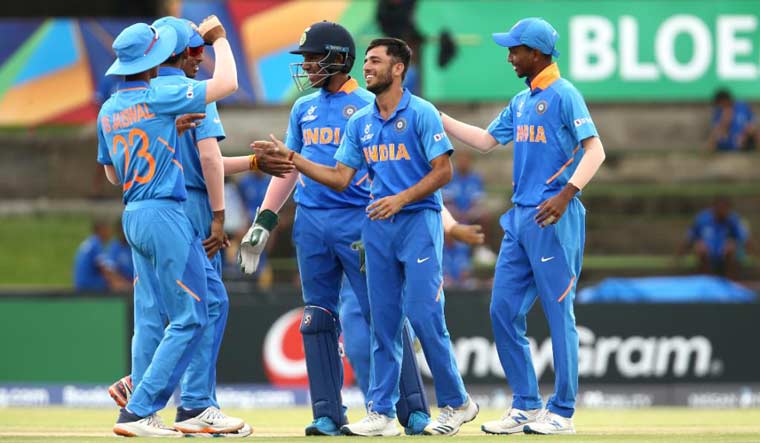
The DLS method focuses on the two essential resources in cricket: overs and wickets. At the start, both teams have 50 overs and 10 wickets at their disposal, representing 100% of resources. The method calculates a team’s remaining resources based on the overs and wickets available at any given stage.
The DLS formula then generates a par score, ensuring that the team batting second faces a fair target adjustment based on their remaining resources.
DLS Formula:
Par score = Team 1’s score × (Team 2’s resources / Team 1’s resources)
The resources are calculated using a comprehensive formula that incorporates run-scoring trends from recent international matches. Data is analyzed in a rolling four-year window, ensuring that calculations are based on current trends and match dynamics.
The DLS method updates annually, with new data being added on July 1 each year. This adaptive approach helps the model evolve to reflect modern-day scoring patterns, keeping it relevant and fair for both teams.
Why is the DLS Method Considered the Best?
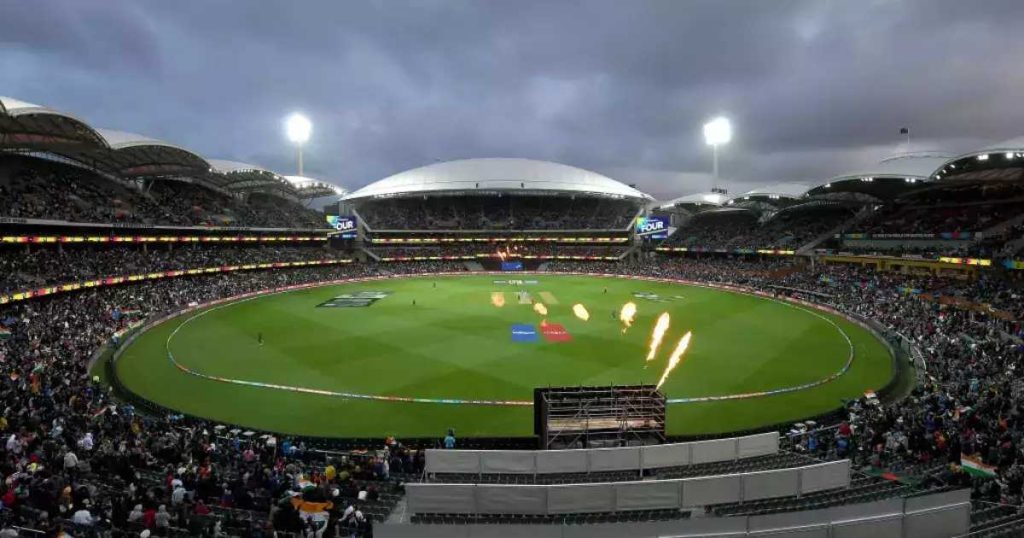
The DLS method has become the most widely accepted target-adjustment method due to its balanced approach to overs and wickets. Unlike previous systems, which failed to account for match situations, the DLS method accurately reflects a team’s chances by evaluating its resources. This makes it fairer for both the batting and bowling teams in rain-interrupted matches.
Although some argue that DLS occasionally favors the chasing team in certain scenarios, its overall reliability and adaptability make it the preferred standard in international and domestic cricket. Through consistent updates and careful adjustments, the DLS method continues to ensure that matches can resume competitively and fairly, offering both teams an equal chance of winning.
FAQs
When is the DLS Method Used?
The DLS method is applied in limited-overs cricket, including ODIs and T20Is, whenever a rain interruption or another delay occurs. It revises the target for the team batting second to account for reduced overs.
Why is the DLS Method Superior to Older Methods?
The DLS method is superior because it accounts for the unique dynamics of each game, including the remaining overs and wickets. By dynamically adjusting to match situations, DLS ensures a balanced approach that previous methods could not achieve.
Can the DLS Method Be Used for Tests?
The DLS method is only applicable to limited-overs cricket since Test matches allow for weather-related interruptions to be managed by adjusting the timing of future sessions, rather than recalculating targets.
The DLS method remains a crucial part of modern-day cricket. It offers a fair, mathematically sound solution to the unpredictable nature of weather interruptions in limited-overs formats. Its evolving design and adaptability make it the most practical tool for rain-affected matches, embodying the fairness and excitement central to cricket.
Read More:- IPL Impact Player Rule Explained: Comprehensive Overview and Details

